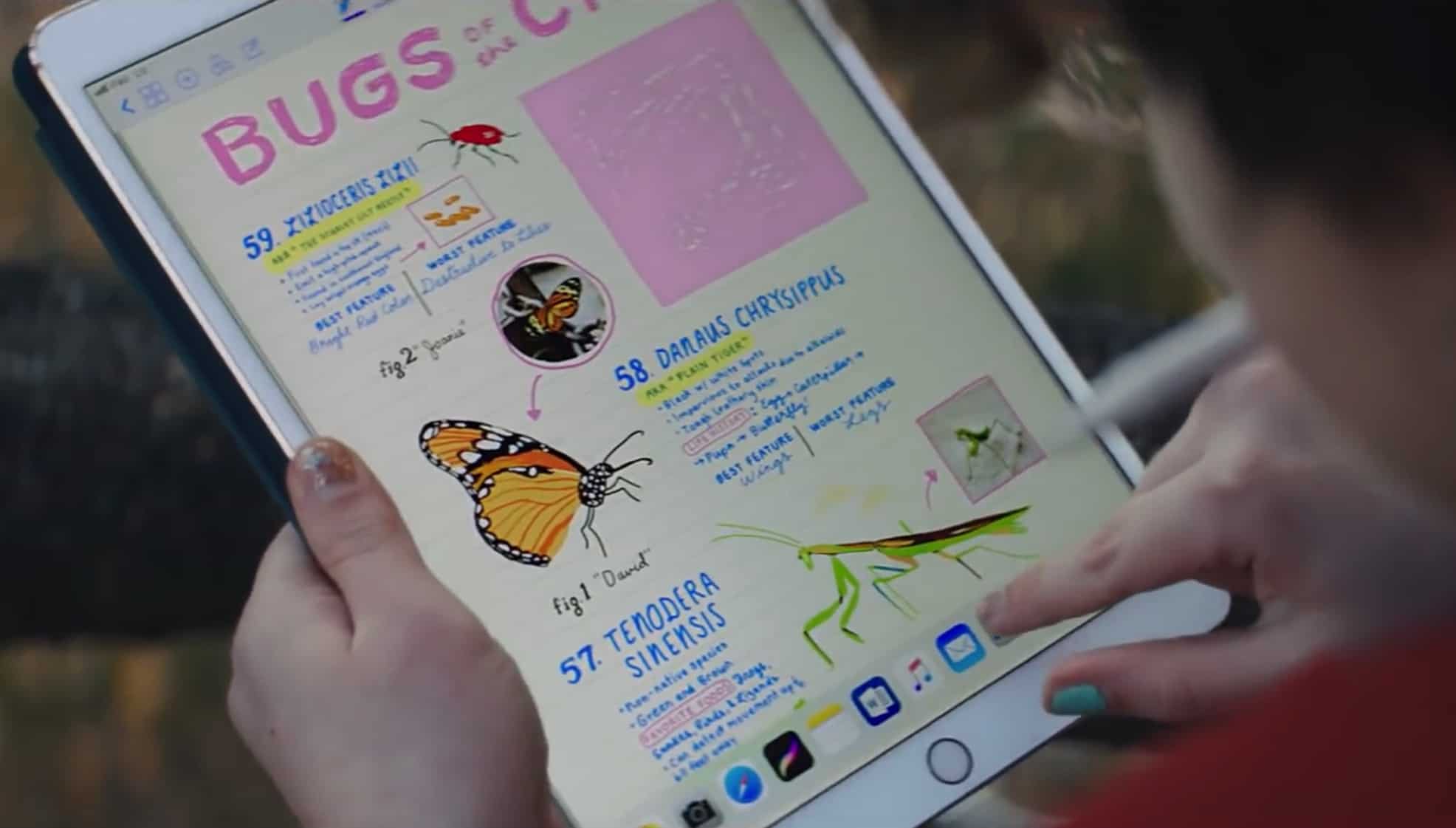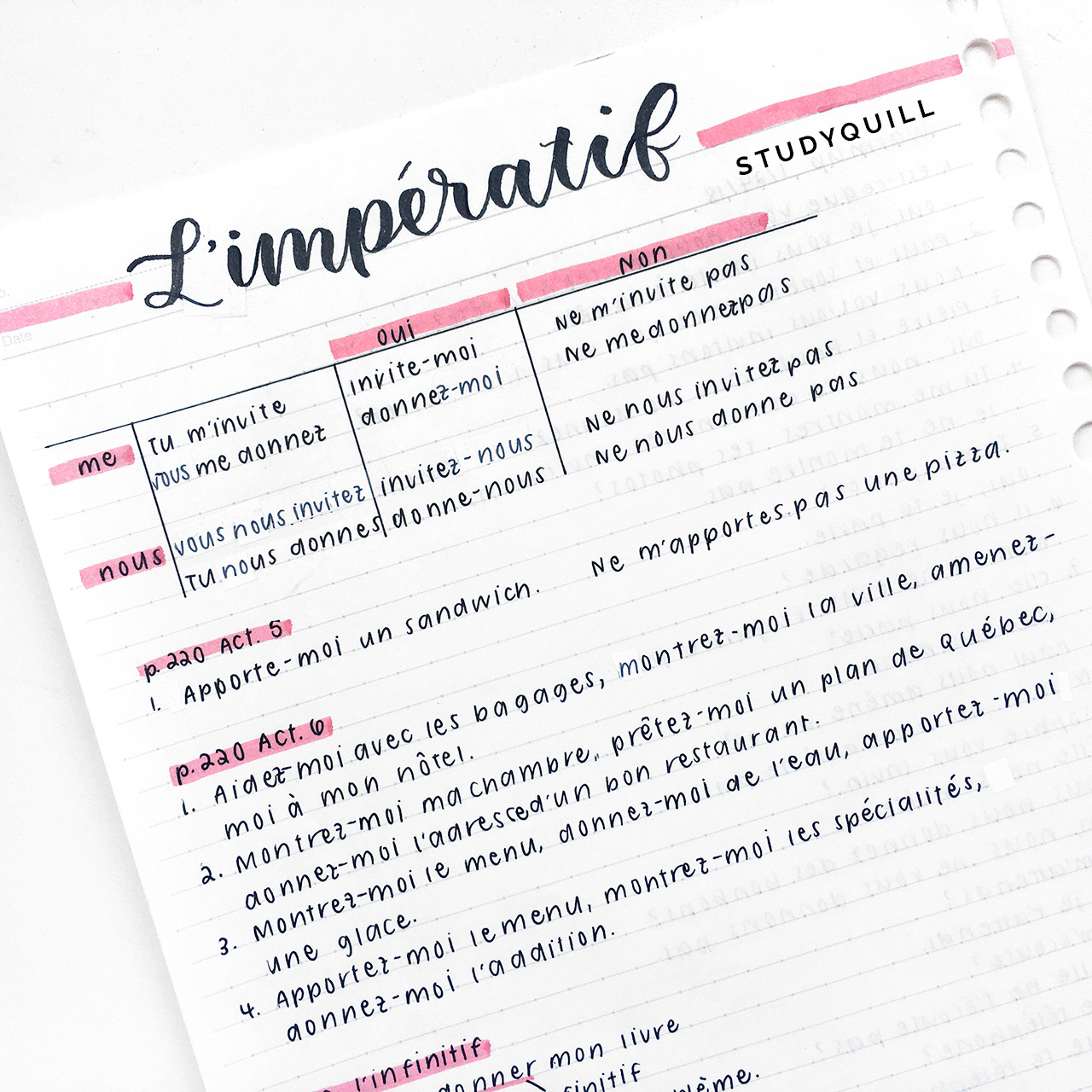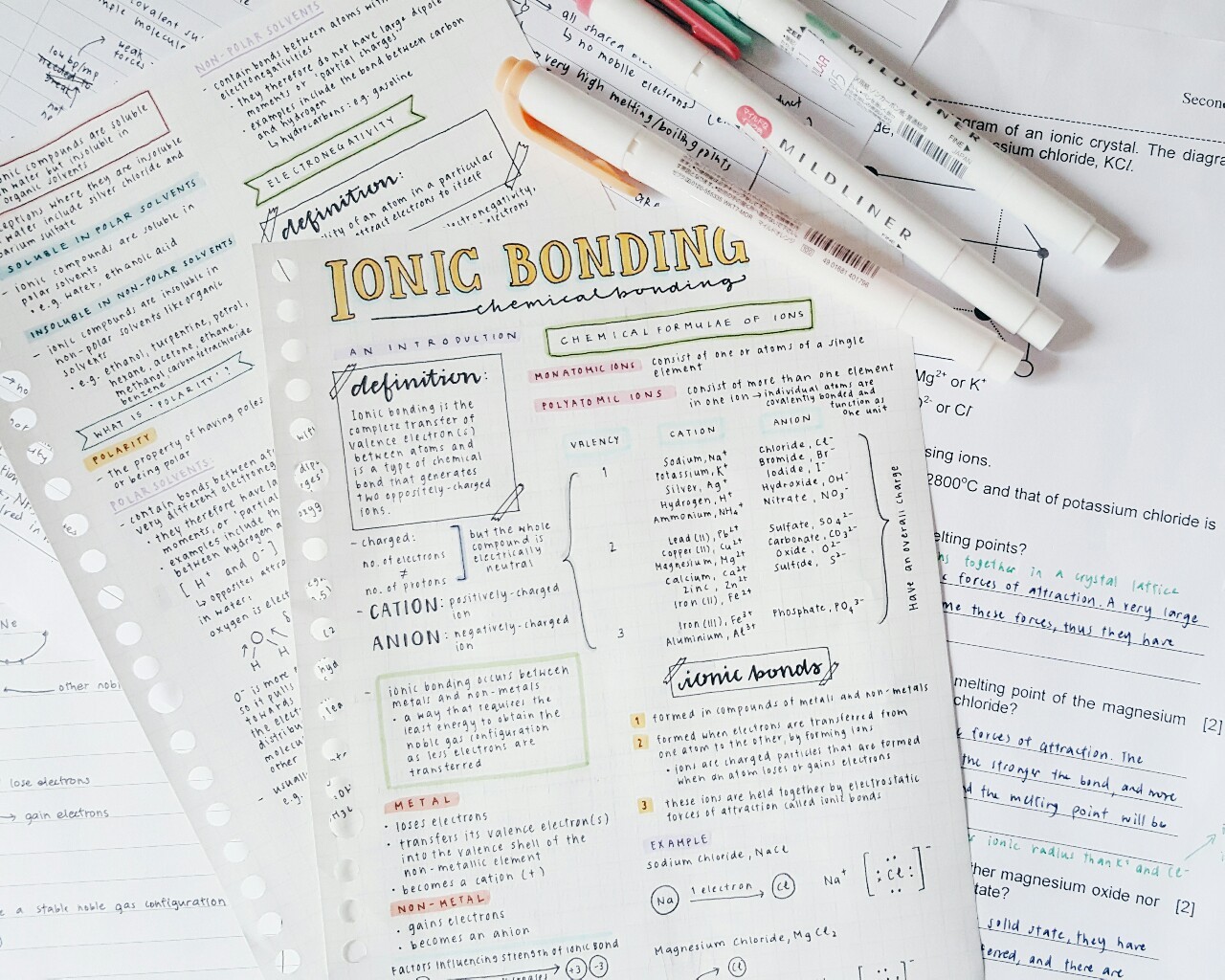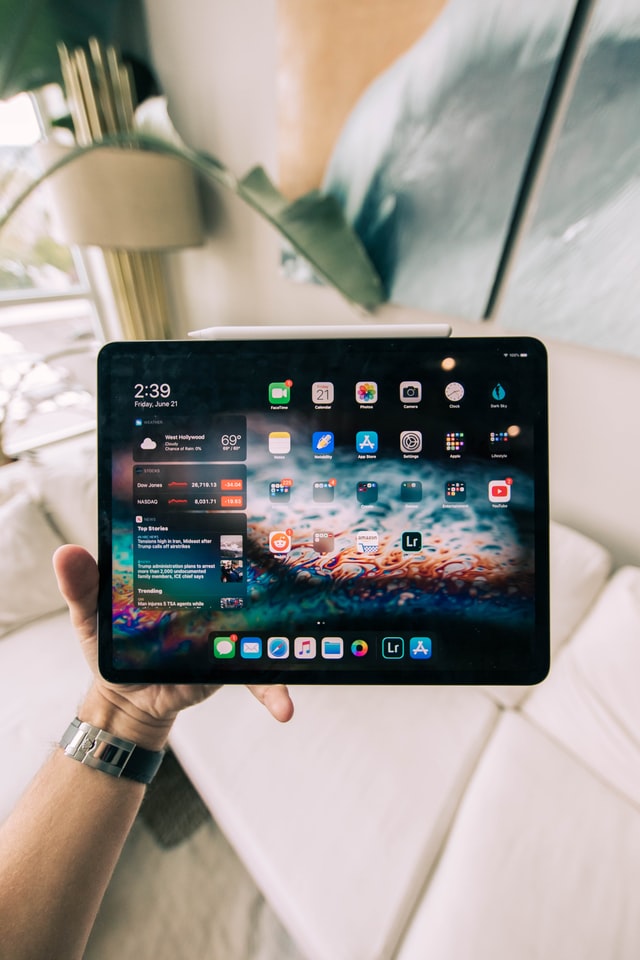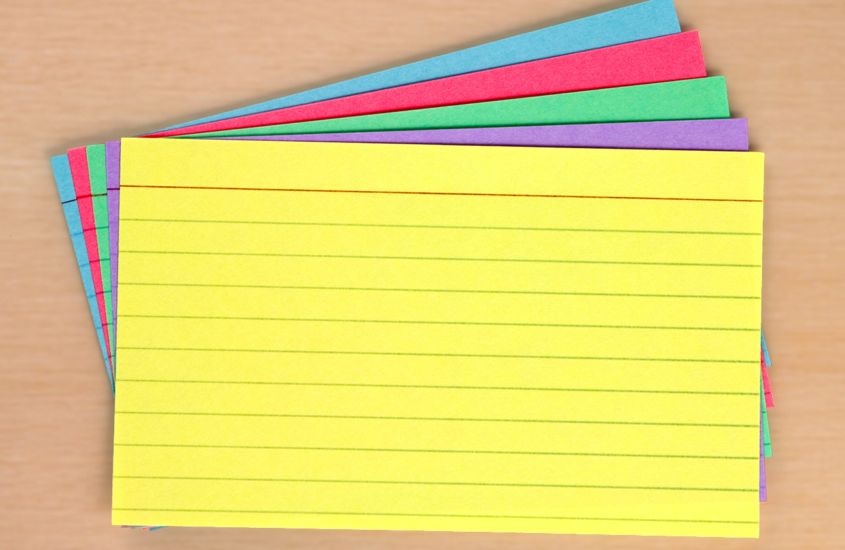
How To Effectively Learn Vocabulary With Flashcards
To effectively learn foreign language vocabulary with flashcards one must learn how to make effective flashcards and implement this method to their own flashcards. Then they should apply spaced repetition theory through using a flashcard app or by using the leitner box system.
Choose to use either physical or digital vocabulary flashcards
To effectively learn vocabulary with flashcards, you firstly need to decide which type of flashcards you want to use. Both physical and digital flashcards work well, it is up to personal preference so to make the decision easier for you I have made a pros and cons list for each type.
Digital Flashcards
| Pros | Cons |
| Accessible everywhere | They take up storage on your phone |
| You can add photos and images to help you remember |
Physical Flashcards
| Pros | Cons |
| Improves memory through action of handwriting | Takes longer to make |
| You can draw diagrams and images to help you remember | Not as portable |
The importance of studying your vocabulary flashcards with spaced repetition
Spaced repetition is a scientifically proven study technique that is usually used with flashcards. It is best applied to contexts where you need to learn information and keep it in your memory indefinitely. Foreign language vocabulary is a great example of this!
According to the forgetting curve which depicts the decline of memory retention over time, it shows that within one hour people have forgotten about 50% of what they just learned and within 24 hours about 70%. This rapid decline in what you can remember can be avoided by using spaced repetition study, by revising information at set increments to increase the percentage remembered back to 100%.
Here is a graph of how spaced repetition eases the forgetting curve:
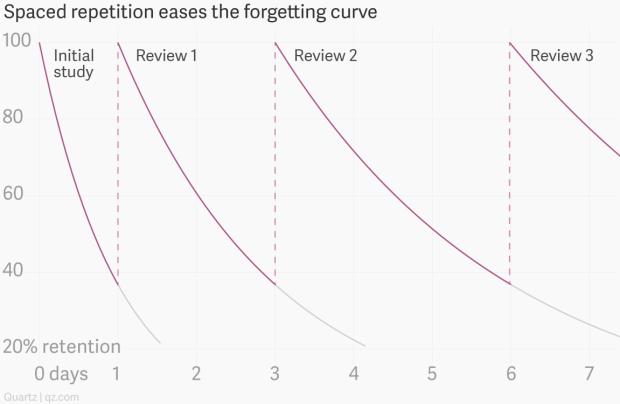
If you are interested in learning more about the forgetting curve I highly recommend that you read my article how to overcome the curve of forgetting!
I have also made a printable planner to help you revise content according to the increments that increase how much you recall back to 100%. If you are interested you can find the curve of forgetting printable sheets here!
You can now see the value in applying spaced repetition theory to your vocabulary study. There are two main ways that you can do this either by using:
- digital flashcards on an app that has a spaced repetition algorithm
- physical flashcards with leitner boxes
How to make effective vocabulary flashcards
- Make sets of flashcards based on a theme. For example, family vocabulary, colour vocabulary, school vocabulary, hobbies vocabulary etc. This is a form of chunking which is a great study technique for memorisation. Chunking is the process of taking individual pieces of information and grouping them into larger units. A larger unit improves the amount of information you can remember as you associate words together instead of randomly.
- Make your own flashcards. The process of intaking information, processing it and then reproducing it yourself is an important part of the learning process. By doing this you will make strong neural pathways which will make it easier to retrieve what you have learned later on. By using someone else’s vocabulary flashcards you are missing out on this opportunity.
- Use a mix of images and words. It is scientifically proven that a mixture of images and words is beneficial to your memory. You will remember a word a lot better if you have an image to associate with it because of the picture superiority effect. This phenomenon tates that pictures are more likely to be remembered than words.
- If you are a more advanced language learner consider defining the word in your target language instead of translating it to English. This is a good exercise that will make you use synonyms and words that you already know in the language to define the word.
Great flashcard apps for learning vocabulary
1# Quizlet
Quizlet is my favourite app for vocabulary learning because of the multiple modes of learning that it offers. On top of digital flashcards, you can also use the really helpful learn mode, writing mode, test mode and even game mode. The only disadvantage is that it does not offer a spaced repetition system, so it won’t organise what words you need to study by day. However it does grade words by how often you have gotten them incorrect so you do have a rough idea of what you do need to study more. Quizlet allows users to make their flashcard sets private or public so if you are learning a language you can find other people’s flashcards sets to study as well.
2# Studies
My next favourite app for digital vocabulary flashcards is studies. This app isn’t too well known and works the same as Anki, which I go into more detail about below. Studies has a spaced repetition algorithm which grades your flashcards and makes you study them according to how often you get them correct. There are many learning modes such as long-term learning, cramming learning and also custom learning where you can set the date you need to know your flashcards by. Flashcards that you need to study are put into your ‘due’ stack which you can study daily. Studies app is free for iOS but paid for macOS, so if you want to study on the go from your phone I highly recommend it.
Overall, if you want to really implement spaced repetition into your vocabulary learning I would really suggest this app however if you want more diverse ways of learning, including a testing option I would recommend Quizlet.
3# Anki
Anki is another spaced repetition flashcard app which is very popular among medical students. It works very similar to studies however it is opposite in the pay scheme, where the macOS application is free and the iOS app is paid. So if you prefer studying from your laptop I would recommend this app. The algorithm works very similarly to studies and you can choose the time frame you have to learn your flashcards.
Leitner box for physical vocabulary flashcards
I wrote a whole article dedicated to explaining the leitner method, so I suggest you read it here.
To implement spaced repetition with your vocabulary flashcards you need to use leitner boxes. These are boxes labelled day one to day five (five boxes in total) which organise your flashcards into piles according to how well you know them and when you need to study them.
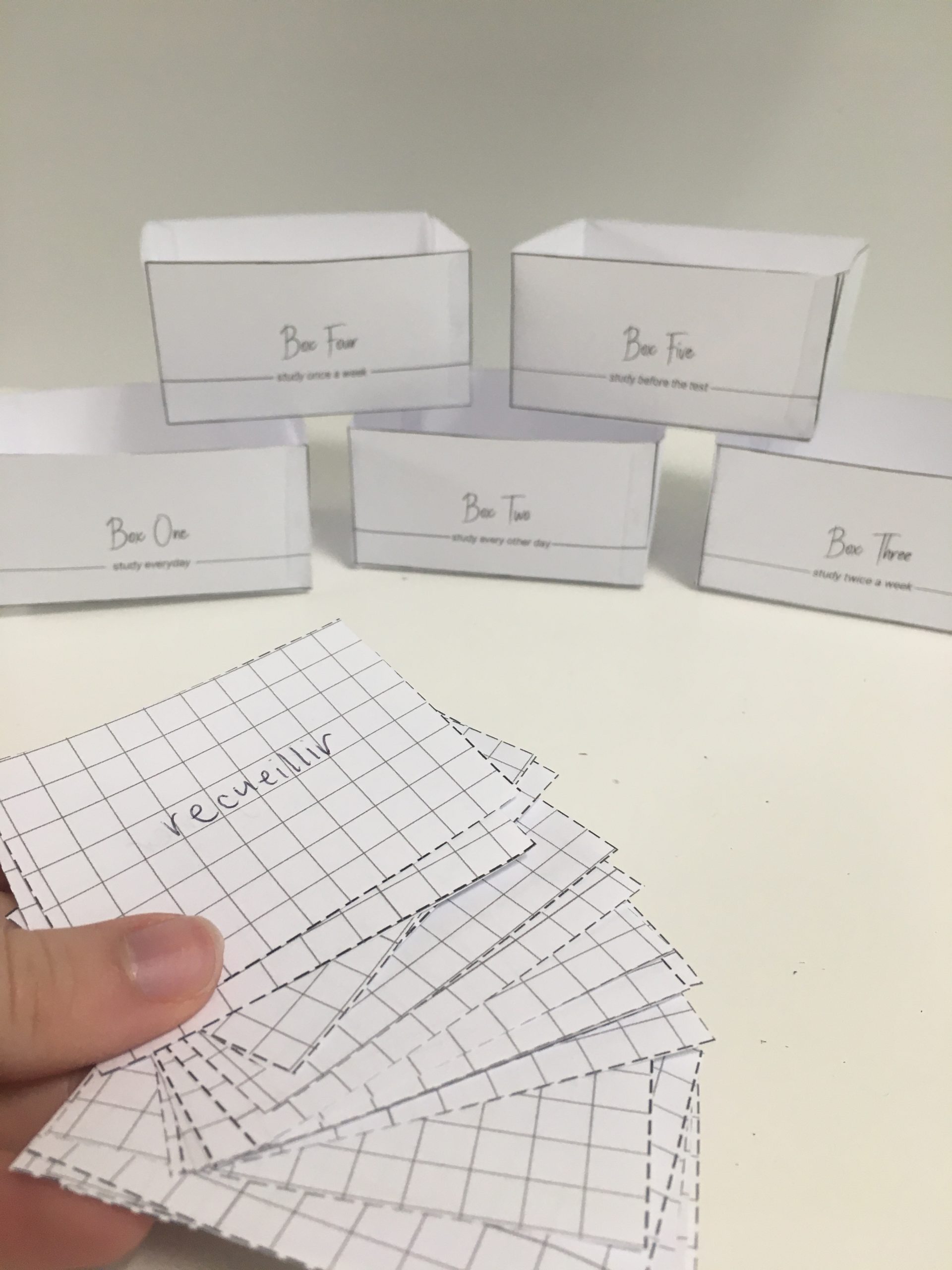
(there are also blank, lined and dot grid flashcards)
The basic concept is that:
- Every flashcards begins in box one
- You study every flashcard in box one. If you get a flashcard correct it moves to box two. If you get it wrong it goes to the bottom of the pile in box one.
- The next day you would study box two and then box one. Every flashcard from box two that you answer correctly goes to box three. Anything answered incorrectly goes back to box one. This continues everyday with flashcards moving forward and backward.
- A flashcard always moves forward if it is answered correctly
- A flashcard always goes back to box one or the first box when it is answered incorrectly. Even if it is in box four or five it goes back to box one.
- When a card reaches box five it is retired and the information from that flashcard should now be in your long term memory.
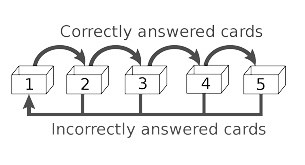
Leitner Box Schedule
- Box One: Study everyday
- Box Two: Study every other day
- Box Three: Study twice a week
- Box Four: Study once a week
- Box Five: Revise before a test/exam
To make it easier for you to start implementing the leitner box method into your vocabulary study I have made a study box printable which you can find here!
It is a very simple printable to use. It comes with templates for boxes which you can print, cut out and assemble with glue or sticky tape as well as printable flashcards that are blank, lined, grid or dot grid.
Printable Study Boxes In Depth
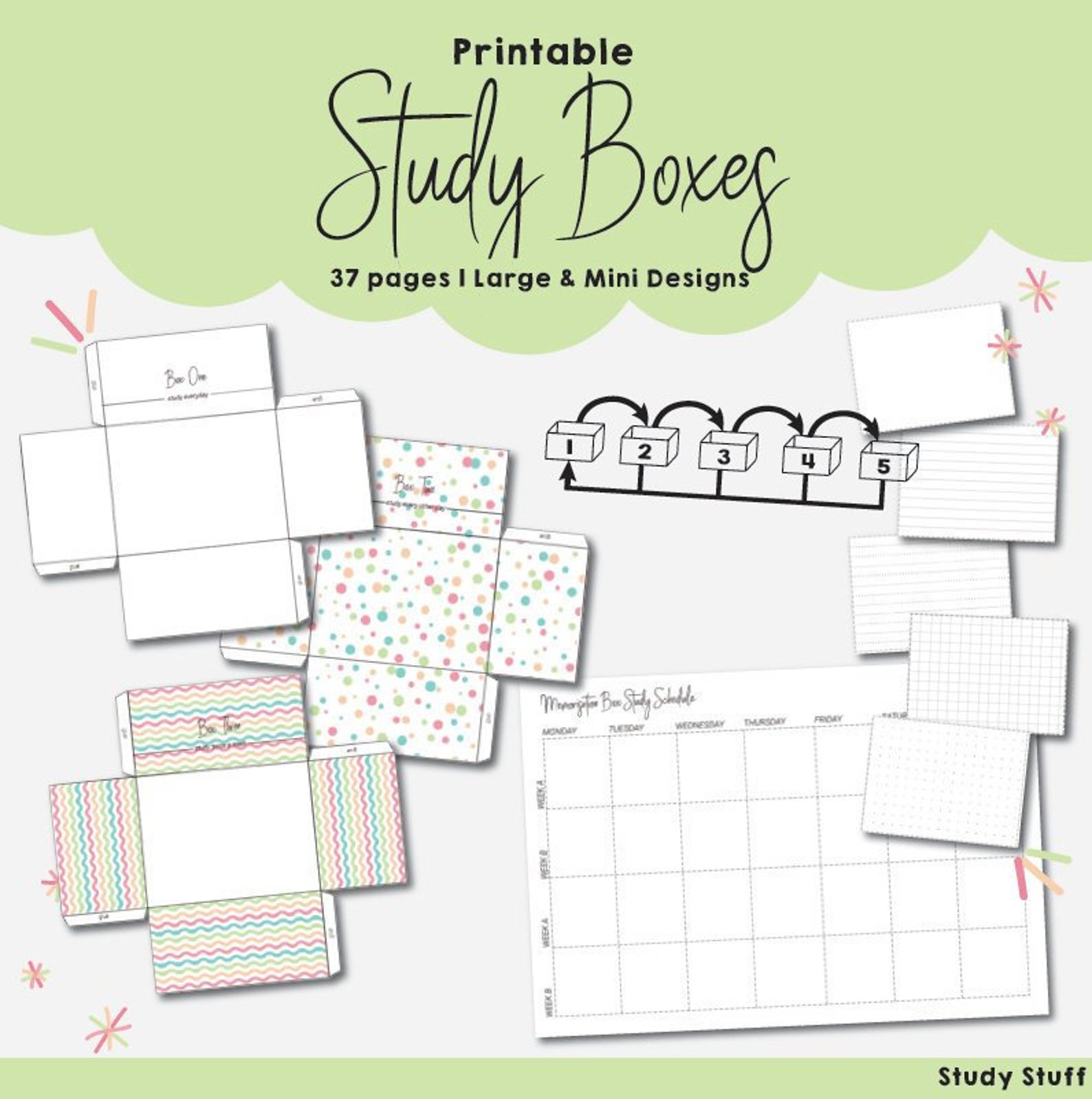
Includes one PDF with 37 pages of the Study Box Printable.
USE THIS PRINTABLE PACK TO:
- Implement the theory of spaced-repetition into your study schedule
- Help you retain information better over a longer period of time
- Beat the Forgetting Curve
- Create Question-Answer Flashcards for Any Subject/Study Material. E.g. Vocabulary, Scientific Diagrams, Maths Formulas, Definitions, Historical Dates, Fast Facts etc.
WHAT’S INCLUDED:
37 Pages
- Instruction Page on How to Use The Flashcards & Boxes Effectively and How to Create a Spaced Repetition Schedule, 1 page
- Your Own Spaced Repetition Schedule to Personalise & An Example Schedule, 1 page
- Curve of Forgetting Study Planner for Revising Study Notes, 1 page
- Mini Flashcard Sets (Blank, Lined, Dotted Lined, Square Grid & Dot Grid) – 18 per page, total 5 pages
- Large Flashcard Sets (Blank, Lined, Dotted Lined, Square Grid & Dot Grid) – 8 per page, total 5 pages
- Mini Boxes Labelled Box One to Five with Study Prompts (Blank, Dots & Squiggly Line Designs) – 2 per page, total 9 pages
- Large Boxes Labelled Box One to Five with Study Prompts (Blank, Dots & Squiggly Line Designs) – 1 per page, total 15 pages
Before You Go!
Are you passionate about language learning?
Be sure to check out my article on the EASIEST way to learn a language by yourself! and my Digital Language Learning Planner!
Join more than 1,212,346 people from 192 countries and learn a new language at your own pace at Rocket Languages!
Check Out The Online Courses Below:
Or Join A Live Online Language Learning Class With Real Teachers On Lingoda!
Check Out The Online Courses Below:
If you take notes using your iPad, you need to know these 12 iPad note taking tips! They will make …
The best ways to learn a language without going to classes include: watching foreign language films on Netflix, using a …
There are many different note taking methods that can work well for language learning. To take effective notes for language …
To take pretty notes you need to firstly choose a consistent colour scheme. Next you should draw an eye catching …
To take notes on a PDF on an iPad you need to use a note taking or PDF reading app …
To get motivated to do school work one should set SMART goals, work in a motivating environment, break large projects …




